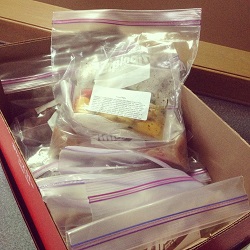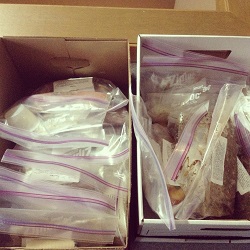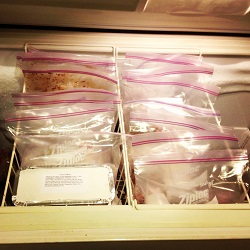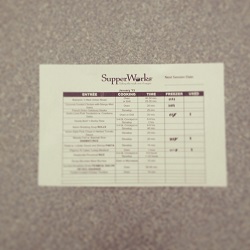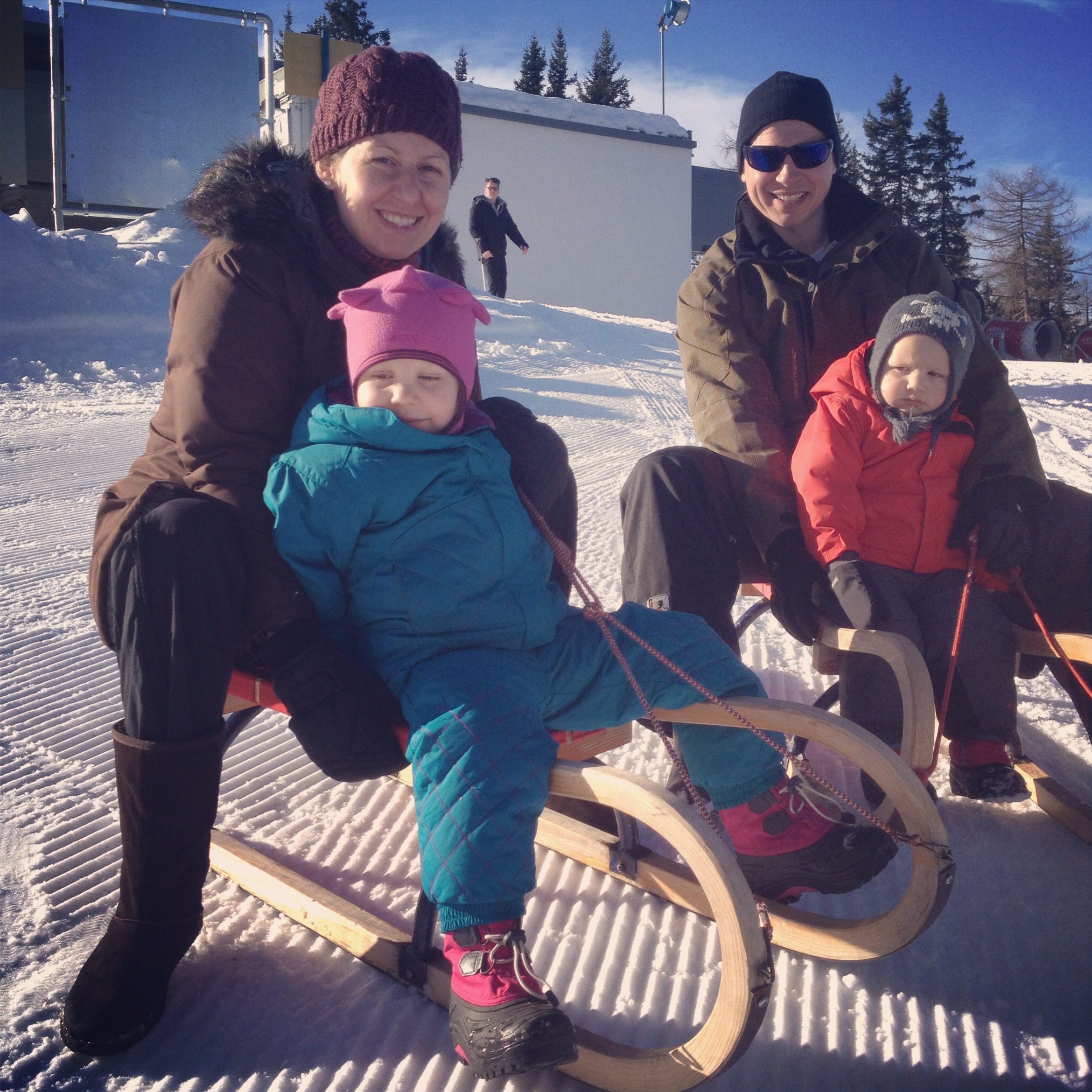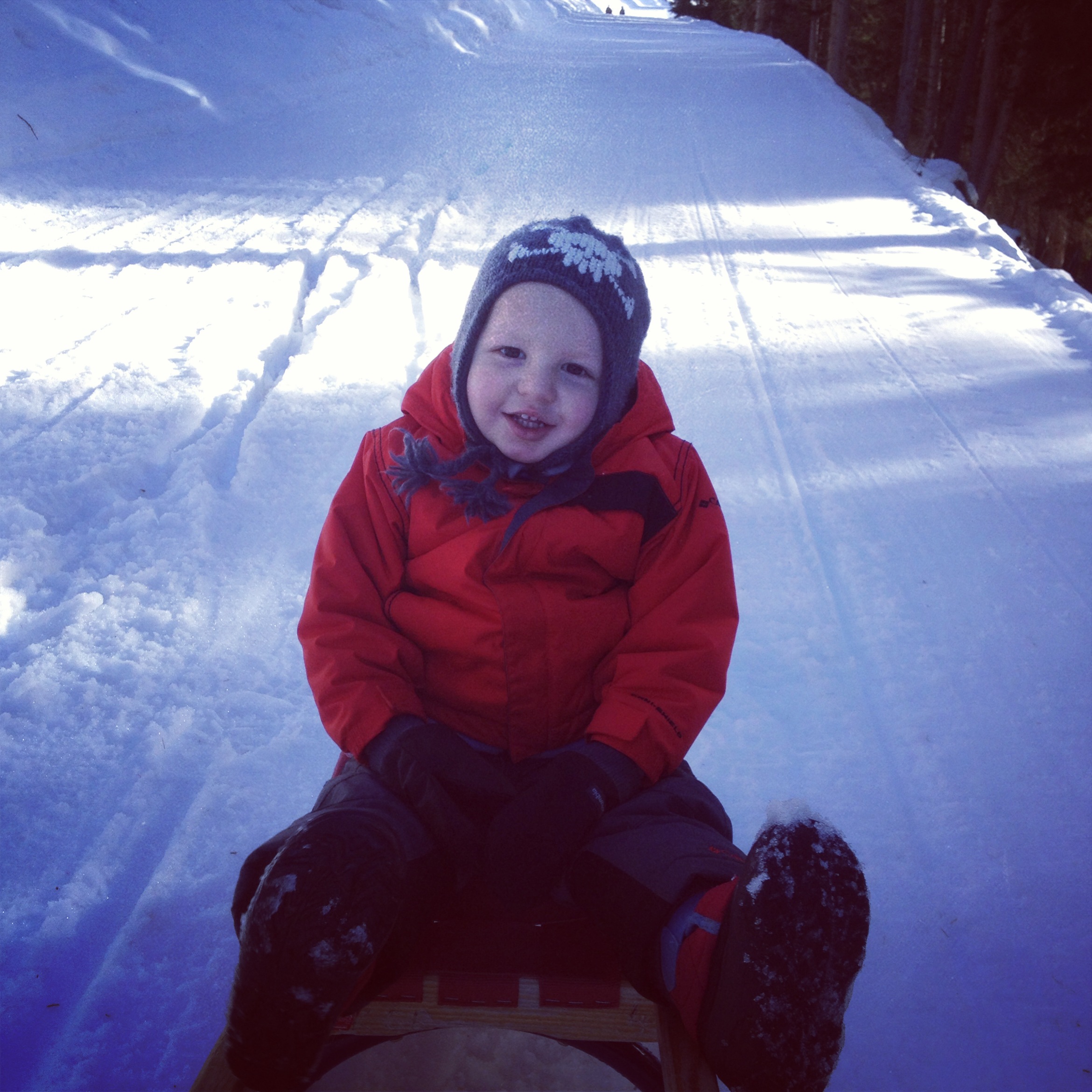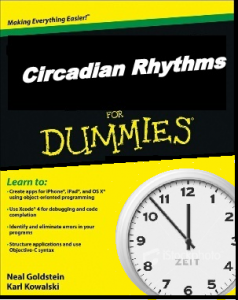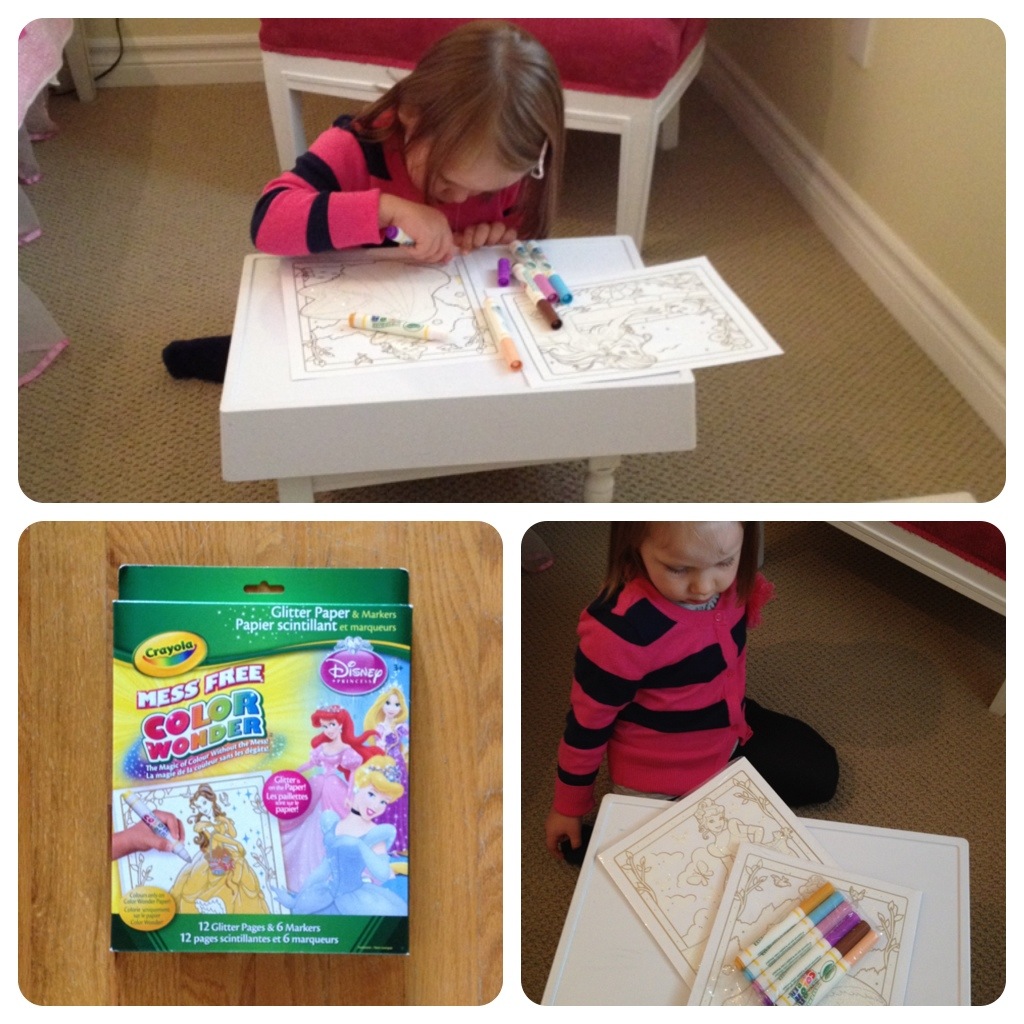December 27, 2012
Merry Christmas, in the Hospital
Warning: this post contains personal information about not so flattering ailments.
You’ve been warned!
Our accommodation in Austria were amazing! St. Nicholas (Austrian Santa Claus) made an appearance at the hotel, handed out some presents. We ate and ate and ate. In Europe, Christmas Eve is a bigger event than Christmas day – so dinner was about 10 courses long. Everything was beautiful, delicious and impeccably served. The kids even managed to stay sitting, stay patient, reasonably and awake through the entire meal.
We finally wound down, got the kids to bed (“Santa doesn’t come unless you’re sleeping”) and went to bed ourselves. I woke up around 3AM and felt funny. I’ve had a UTI before, and I suspected that might be it, but everything was just off. I also knew I usually eat fairly cleanly and simply, and the meal I’d just had was far from that. I passed it off to my stomach feeling a bit funny from the rich food and excessive wine.
We had a normal Christmas morning, opened some presents, had some breakfast (although I had little appetite) – played with the kids at the indoor play centre and the Kinder Club. I skipped lunch and tried to nap. By 3PM I was feeling awful and was passing blood. I tried to go into the sauna based on some awesome on-call advice from my amazing naturopathic doctor, Dr. Jennifer Castle from the Urban Athlete. Just to try to induce a fever and get my body to fight this off. Little did I know that the sauna was located in a “Nude Only” part of the hotel. The usual me would have found this hilarious and would have loved the people watching. The sick me wanted to curl into an invisible ball and put on blinders to any bits and pieces in my sight. I left within about 20 minutes after arriving, when all the skiers returned from their day on the slopes. By the time I ended back in our room I was throwing up and had a headache. My family had headed out on a horse drawn carriage ride, and I knew they’d be back soon. I knew I needed someone to peel me up from the bathroom floor. So I stayed there, hugging the toilet until they returned.
We decided to head to the hospital since the next day was still a holiday and I was feeling weak and pretty uncomfortable with a headache, fever, nausea and I was still passing blood. I wasn’t likely to get better without any sort of treatment. My husband made a quick call to the insurance company (which did not feel quick to me) and the hotel concierge ensured an ambulance was on it’s way.
I was so lucky my husband was able to come with me while we were able to leave the kids with Oma and Opa. We were taken to a.ö. Krankenhaus St. Vinzenz in nearby Landeck. Within minutes (yes, minutes, not hours, not days, MINUTES), they had admitted me, begun a medical history (in English – all of my care providers spoke at least a little English which was far superior to my German) and administered an EKG and CT scan (since I’d hit my head the day before on the toboggan run and was experiencing a massive headache). They were kind, efficient and funny (“You have a bladder infection, gastroenteritis and concussion. Frohe Weihnachten!”). I stayed overnight while they monitored me and gave me IV fluids and IV antibiotics, and released me the next day. They actually were able to speed up my release because my family had travel plans to head back to Germany. So the doctor came to see me as soon as she could (which again, was within minutes). How amazing is that?!
I felt terrible about causing so much trouble and fuss, especially on Christmas, but I’m so grateful I had my family took care of me (and my kids!) when I was not feeling well. I’m also extremely grateful for our insurance, and the swift and efficient health care system in Austria. If you’re going to spend Christmas in a hospital, it might as well be a hospital in Austria.
In light of the events, I have some updated travel tips for you:
1) Seriously consider the health care available within the country you are travelling to when little ones are in tow. We were lucky and blessed that Austria has what I would consider to be superior care than Canada (wait times for admission, testing and diagnostics were far less than what we would have experienced at home).
2) Know the ins and outs of your out of country health insurance. We knew we needed to call prior to receiving any medical care (which seems weird in more urgent circumstances… I’m not sure how we would have handled that, or how our insurance would deal if they were told about our trip to the hospital after it happened).
3) Mastering a few basic phrases (please, thank you) in the native language of your destination is a pretty common preparation to make for travel. Add “hospital” or “doctor” to the list. A couple smartphone apps (online and offline) that can help you out with that.
4) Grab a business card from your hotel (or jot down the address of the place you’re staying) and keep them in your pocket/purse for the duration of your stay. In addition to making it easy for taxis, we needed detailed contact information for our insurance company.
5) Make copies of your passport(s), health card, physician’s name with their contact details and insurance information. This could be as simple as taking pictures on your smartphone. Medical staff wanted to see these, insurance needed this information as well. And this doesn’t just mean that one parent is responsible: Ensure both you and your traveling companions know where these copies are located and how to access them. Better yet, each parent/care provider has their own copies in case one of you is incapacitated.
6) Everyone knows to turn off the cellular on your phone to avoid roaming fees. But do you (and your travelling companions) know how to turn it back on? Do you know how to dial from a mobile within your host country? Do you know how to dial from your country to another country? This isn’t completely straightforward. Check out these suggestions for dialing within Europe.
I really hope none of you have to go to the hospital while on vacation. But it never hurts to prepare for the worst and expect the best.
